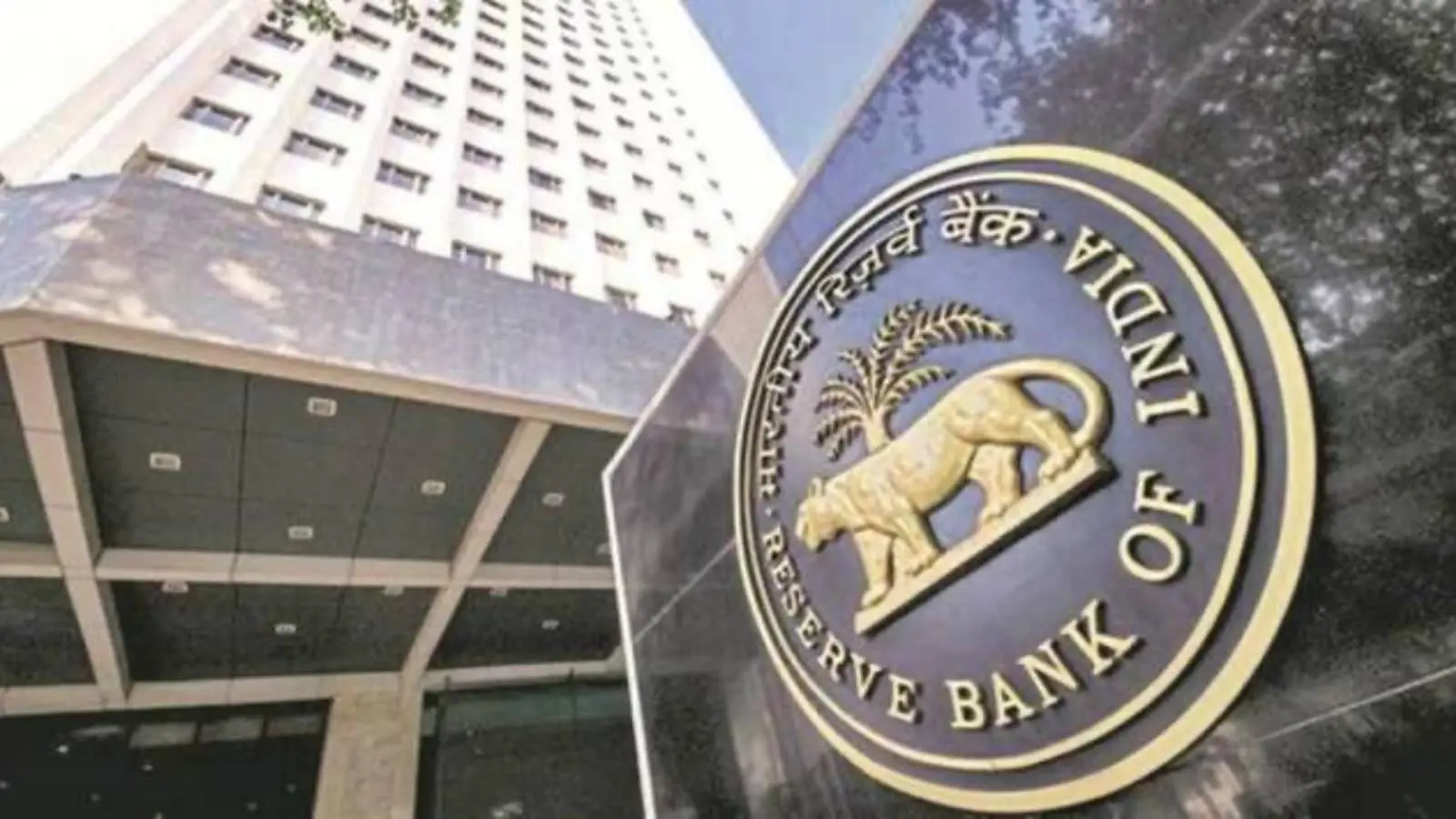Mumbai: As the deadline approaches for public feedback on the Reserve Bank of India’s (RBI) monetary policy framework, former Monetary Policy Committee (MPC) members largely support retaining the existing Flexible Inflation Target (FIT) framework that aims for a 4% inflation rate. This comes as the RBI examines if changes to these targets are necessary ahead of its mandatory review due by March 2026. Key voices argue that the current setup has effectively stabilized inflation expectations in India.
The Role of the Reserve Bank of India in Inflation Control
The Reserve Bank of India (RBI) has long been at the forefront of managing inflation through its monetary policy. With inflation targeting adopted in August 2016, the current framework mandates a 4% target for headline Consumer Price Index (CPI) inflation, allowing a tolerance band of 2-6%. As discussions unfold surrounding potential revisions to this framework, it is vital to consider its implications for economic growth and stability.
Former MPC member Ashima Goyal emphasized the significance of retaining this 4% target, which she believes helps in stabilizing public inflation expectations. “The process has further to go and should not be disturbed,” Goyal stated. This reflects a widespread sentiment among economists regarding the effectiveness of the current framework: inflation has notably declined, with projections indicating an average CPI inflation rate of as low as 3.1% for the current fiscal year.
Key Adjustments and Economic Signals
Economists generally agree that low and stable inflation plays a crucial role in supporting sustained economic growth. When prices rise rapidly, consumers often curtail their spending, adversely affecting the economy. In contrast, muted inflation can disincentivize producers from supplying goods and services due to inadequate profit margins. Echoing this sentiment, Janak Raj, also a former MPC member, warned against making changes to the existing targets prematurely, stating, “If inflation over the last nine years has exceeded the upper threshold of 6%, then there is no case to reduce the range or target.”
Table: Key Facts About India’s Inflation Targeting Framework
| Aspect | Current Framework | Proposed Changes |
|---|---|---|
| Target Inflation Rate | 4% | 3.5% for future consideration |
| Tolerance Band | 2-6% | Potentially narrowing to 2-5.5% |
| Predicted 2023-24 Inflation | 3.1% (Sources suggest as low as 2.5%) | Depends on economic shifts and supply factors |
| Number of Exceedances | 28 times over the last decade | Change could risk credibility of RBI |
The Debate Over Headline vs. Core Inflation
One of the key topics under consideration is whether to base monetary policy on headline inflation or core inflation, which excludes volatile food and fuel prices. The 2023-24 Economic Survey hinted at targeting inflation excluding food, given its substantial weight of almost 46% in CPI. However, both Goyal and Raj argue for continued focus on headline inflation. Goyal pointed out that excluding essential items like food fails to capture the true cost of living, suggesting that forecasts should genuinely reflect consumer experiences and expectations.
The data shows a trend toward stability in headline inflation since the RBI pivoted its focus in January 2014 from wholesale inflation. This shift has led to CPI inflation gradually declining from nearly 10% in 2012-13 to the projected figures we see today.
Voices in Favor of Change
Despite the consensus among many economists, voices such as former IIM-Ahmedabad professor Ravindra Dholakia advocate for a revision of the inflation target. Dholakia argues that a target around 5.5% is more feasible and practical for a developing economy like India. Meanwhile, another anonymous MPC member mentioned that it’s time to re-evaluate the target’s tolerance band, hinting at reducing the target to 3.5% to adapt to the evolving economic landscape.
However, these proposals are met with resistance from others like Janak Raj, who perceive any changes as potentially destabilizing. Raj reminded stakeholders that the RBI had previously faced challenges meeting its inflation mandate, which adds to the complexities of modifying existing targets in a fluctuating economic environment.
Conclusion: Looking Ahead
As the RBI prepares to review the FIT framework by March 2026, stakeholders must consider both the empirical data and broader economic indicators. While there’s considerable support for maintaining the current 4% target, the ongoing discourse highlights divergent views on what constitutes the best strategy for India’s inflation target moving forward. Balancing the need for economic stability with practical adaptations to the target will be critical as these discussions unfold, impacting everything from consumer behavior to the overall health of the Indian economy.
Ultimately, by fostering an environment that encourages feedback and thoughtful deliberation, the RBI can ensure that its monetary policy framework continues to evolve and meet the needs of a changing economy.
Bankerpedia’s Insight 💡
The Reserve Bank of India’s ongoing discussions about retaining its 4% inflation target highlight the delicate balance between economic growth and price stability. With expertise backing the current regime, maintaining this target could bolster public confidence and economic predictability, essential for investment and spending. Any shift could erode this trust, increasing volatility in the banking sector. For consumers and businesses alike, understanding these dynamics is crucial; stability in inflation directly affects interest rates, savings, and financial planning—stay informed as these decisions unfold to navigate potential impacts wisely.
What Does This Mean for Me? 🤔
- Salaried Person → Stable inflation ensures consistent purchasing power and financial planning.
- Business Owner → Stable inflation supports predictable pricing for business planning.
- Student → Inflation stability affects student purchasing power and expenses.
- Self-employed → Stability in inflation may boost self-employed income potential.
- Homemaker → Stable prices support budgeting and reduce financial stress.
- Retiree / Senior Citizen → Stable inflation may preserve retirees’ purchasing power.
- Job Seeker → Stable inflation may enhance job security and purchasing power.
- Farmer / Rural Citizen → Stable inflation aids farmers’ purchasing power and planning.
Research References 📚
- indianexpress.com
- RBI
- SEBI
- Ministry of Finance
- NABARD
- Department of Financial Services (DFS)
- IMF
- World Bank
Loved our Research? ❤️
Bankerpedia turns financial confusion into clarity!
Subscribe to our YouTube channel for unbiased insights, financial literacy & practical banking wisdom.










